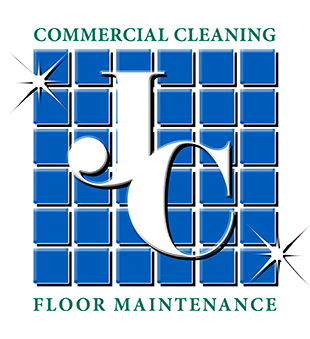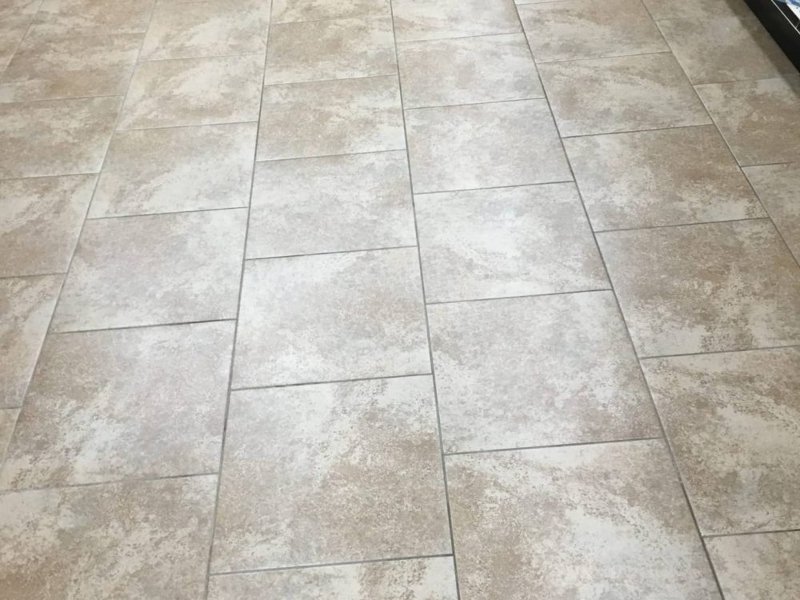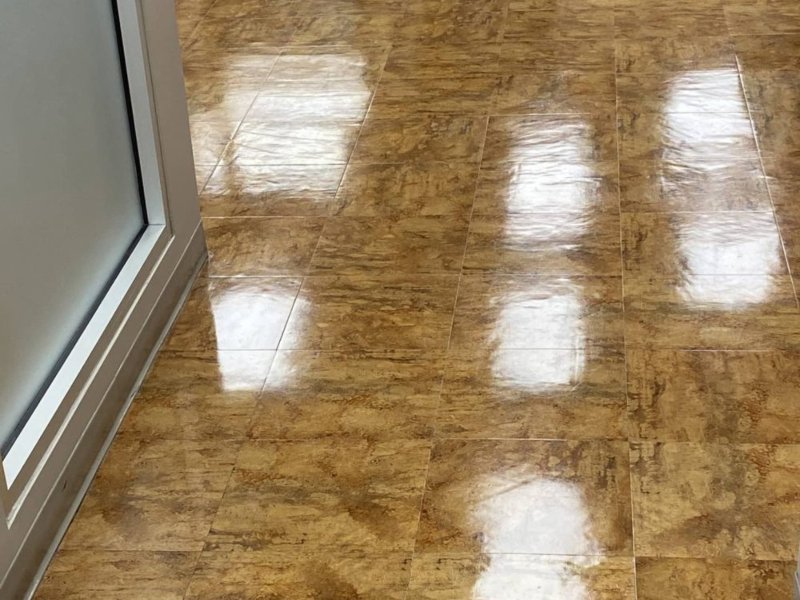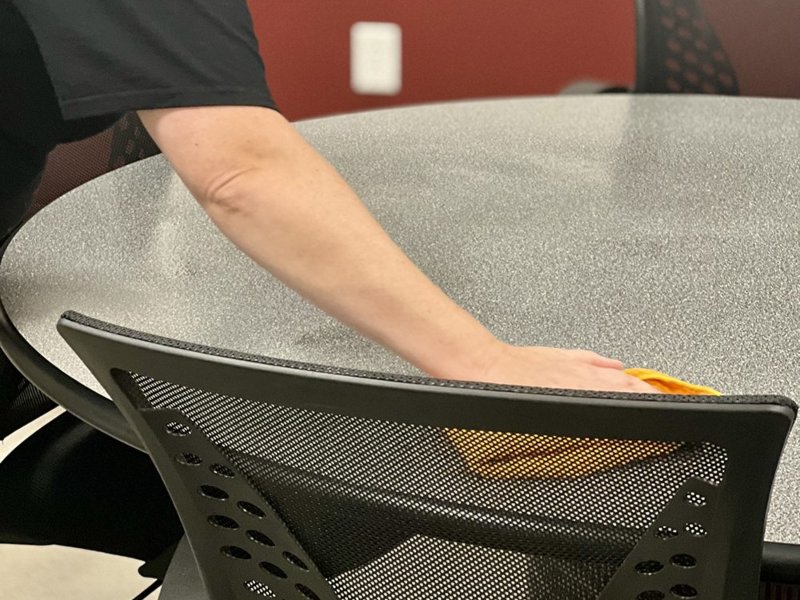Maintaining clean carpets is essential for any commercial establishment, contributing not only to aesthetic appeal but also to the overall health and safety of the environment. As we move into 2024, the carpet cleaning industry continues to evolve with new technologies, practices, and trends. In this article, we will explore the latest innovations and best practices in commercial carpet cleaning, ensuring that your business remains at the forefront of cleanliness and hygiene.
Innovations in Commercial Carpet Cleaning
Over the years, there have been many innovative ways introduced to successfully clean commercial carpets. Our friends at Whitehall Carpet Cleaners has provided us with some of these innovative carpet cleaning solutions.
1. Green Cleaning Solutions
Environmental sustainability is a growing concern across industries, and commercial carpet cleaning is no exception. Green cleaning solutions are becoming increasingly popular due to their minimal impact on the environment and health benefits for building occupants. These eco-friendly cleaning agents are free from harsh chemicals and toxins, making them safer for both the cleaning staff and the individuals who use the space.
Some of the key benefits of green cleaning solutions include:
- Reduced risk of allergic reactions and respiratory issues.
- Lower environmental impact due to biodegradable ingredients.
- Safer for use around children and pets in commercial settings like schools and daycares.
2. Advanced Carpet Cleaning Machines
Technological advancements in carpet cleaning machines have significantly improved their efficiency and effectiveness. Modern machines are designed to deliver deeper cleaning while using less water and energy. Some of the latest innovations include:
- High-Pressure Hot Water Extraction (HPHWE): This method uses high-pressure hot water to penetrate deep into carpet fibers, loosening dirt and grime. The powerful suction then removes the dirty water, leaving the carpet cleaner and drier in a shorter time.
- Low-Moisture Encapsulation: This technology involves applying a cleaning solution that encapsulates dirt particles, which are then vacuumed away. It uses less water, reducing drying time and minimizing the risk of mold and mildew growth.
- Robotic Carpet Cleaners: Autonomous carpet cleaning robots are gaining traction in commercial settings. These robots are equipped with sensors and advanced navigation systems to clean large areas efficiently without human intervention.
3. AI and IoT Integration
Artificial Intelligence (AI) and the Internet of Things (IoT) are transforming commercial carpet cleaning. AI-powered systems can analyze data from sensors embedded in carpets to determine the optimal cleaning schedule based on foot traffic and dirt levels. IoT devices can monitor the performance of cleaning machines in real-time, ensuring they are operating at peak efficiency and alerting maintenance staff when service is needed.
These technologies offer several benefits:
- Optimized cleaning schedules that extend the life of carpets.
- Reduced downtime and maintenance costs for cleaning equipment.
- Enhanced overall cleanliness through data-driven insights.
4. Anti-Microbial Treatments
With an increased focus on health and hygiene, anti-microbial treatments for carpets are becoming more popular. These treatments involve applying a solution that kills bacteria, viruses, and other pathogens, providing a cleaner and safer environment. This is particularly important in healthcare facilities, schools, and other high-traffic areas where germs can easily spread.
5. Water Conservation Techniques
Water conservation is a critical consideration in commercial carpet cleaning, especially in regions prone to drought. Innovations in cleaning techniques and equipment aim to reduce water usage without compromising on cleaning quality. Some methods include:
- Dry Carpet Cleaning: This method uses minimal moisture, relying on specialized cleaning compounds that attract and absorb dirt. The compound is then vacuumed away, leaving the carpet clean and dry almost immediately.
- Recycling Water Systems: Advanced machines are equipped with water recycling systems that filter and reuse water during the cleaning process, significantly reducing overall water consumption.
Best Practices for Commercial Carpet Cleaning
1. Regular Maintenance Schedule
Establishing a regular maintenance schedule is crucial for keeping commercial carpets in top condition. This schedule should include daily, weekly, and monthly tasks:
- Daily: Vacuum high-traffic areas to remove surface dirt and debris.
- Weekly: Conduct spot cleaning to address spills and stains promptly.
- Monthly: Perform deep cleaning using appropriate methods and equipment.
A consistent maintenance schedule helps prevent dirt and stains from becoming embedded in carpet fibers, extending the life of the carpet and maintaining its appearance.
2. Training and Certification for Cleaning Staff
Ensuring that your cleaning staff is properly trained and certified is essential for effective carpet cleaning. Training programs should cover the following areas:
- Proper use of cleaning equipment and products.
- Identification and treatment of different types of stains.
- Safety protocols for handling cleaning chemicals.
- Techniques for minimizing disruption to building occupants during cleaning.
Certification programs, such as those offered by the Institute of Inspection, Cleaning and Restoration Certification (IICRC), provide standardized training and ensure that your staff is knowledgeable and skilled in the latest cleaning techniques.
3. Utilize Protective Treatments
Applying protective treatments to commercial carpets can help repel dirt and stains, making them easier to clean and maintain. These treatments create a barrier on the carpet fibers, preventing spills from penetrating and causing permanent stains. Common protective treatments include:
- Scotchgard: A popular brand of stain repellent that can be applied to carpets and upholstery.
- Teflon: Another effective stain protector that creates a barrier against dirt and spills.
Regularly reapplying these treatments as part of your maintenance schedule can significantly enhance the longevity and appearance of your carpets.
4. Implement a Spill Response Plan
Accidents happen, and how quickly and effectively you respond to spills can make a big difference in maintaining clean carpets. Implement a spill response plan that includes:
- Immediate Action: Encourage staff to address spills as soon as they occur to prevent stains from setting.
- Proper Cleaning Supplies: Ensure that cleaning supplies, such as absorbent cloths, mild detergents, and spot cleaners, are readily available.
- Clear Instructions: Provide clear instructions on how to handle different types of spills, such as coffee, ink, or grease.
5. Regular Inspections and Assessments
Conducting regular inspections and assessments of your carpets can help identify areas that require special attention or additional cleaning. These inspections should include:
- Visual Inspections: Look for visible signs of dirt, stains, and wear.
- Touch Tests: Run your hand over the carpet to detect any rough or sticky areas that may need cleaning.
- Odor Assessments: Pay attention to any unpleasant odors that may indicate the presence of mold or bacteria.
By identifying problem areas early, you can address them before they become major issues.
6. Choose the Right Cleaning Methods
Different types of carpets and levels of soiling require different cleaning methods. Selecting the appropriate method ensures effective cleaning without damaging the carpet fibers. Common methods include:
- Hot Water Extraction: Ideal for deep cleaning and removing embedded dirt and allergens.
- Dry Carpet Cleaning: Suitable for areas that cannot be out of service for long periods, as it dries quickly.
- Bonnet Cleaning: Effective for surface cleaning and maintaining appearance between deep cleanings.
Conclusion
As we look ahead to 2024, the commercial carpet cleaning industry is poised for continued innovation and improvement. By staying informed about the latest trends and best practices, you can ensure that your commercial property remains clean, healthy, and inviting. Embracing new technologies, eco-friendly solutions, and effective maintenance strategies will help you achieve optimal results and extend the life of your carpets. Whether you are a facility manager, business owner, or cleaning professional, implementing these innovations and best practices will set you on the path to success in maintaining pristine commercial carpets.







